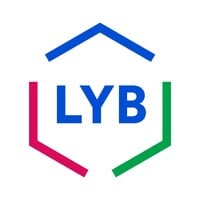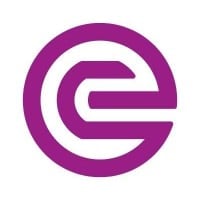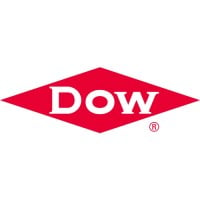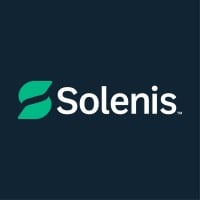Company Cyber Security Posture
NANA
NA Company Details
NA
NA
NA
NA
NA
NA
Scan still pending
NA
NA
Between 200 and 800
This score is AI-generated and less favored by cyber insurers, who prefer the TPRM score.
 NA Global Score
NA Global Score.png)

Company Scoring based on AI Models
| Model Name | Date | Description | Current Score Difference | Score |
|---|---|---|---|---|
| AVERAGE-Industry | 03-12-2025 | This score represents the average cybersecurity rating of companies already scanned within the same industry. It provides a benchmark to compare an individual company's security posture against its industry peers. | N/A | Between 200 and 800 |
Company Cyber Security News & History
| Entity | Type | Severity | Impact | Seen | Url ID | Details | View |
|---|
Company Subsidiaries

NA
Access Data Using Our API

Get company history
.png)
NA Cyber Security News
Ferrari suffer cyberattack after ditching Russian sponsor
Ferrari hacked. Italy's Autosprint are reporting internal documents from Ferrari servers have been stolen by an unnamed ransomeware group who ...
How big is the presence of Russian stakeholders in Formula 1?
At a time when people and companies of Russian descent are increasingly being barred, any possible links with the country are also under a ...

NA Similar Companies

IFF
Meet IFF: We boldly bring together science and creativity to create what the world needs. An industry leader in food, beverage, scent, health and biosciences, we create essential solutions – from global icons to unexpected innovations and experiences. Equal parts outspoken and analytical, our inte

LyondellBasell
We are LyondellBasell (NYSE: LYB) – a leader in the global chemical industry creating solutions for everyday sustainable living. Through advanced technology and focused investments, we are enabling a circular and low carbon economy. Across all we do, we aim to unlock value for our customers, investo

Evonik
Evonik is one of the world’s leading specialty chemicals companies. While we don’t produce electric cars, aircraft, medications or 3D printers, Evonik is part and parcel of these and many other end products. That’s because we contribute the small things that make a big difference. We make electric c

Dow
We’re one of the world’s leading materials science companies, serving customers in high-growth markets such as packaging, infrastructure, mobility and consumer applications. Our global breadth, asset integration and scale, focused innovation, leading business positions and commitment to sustainabi

Arysta LifeScience
UPL and Arysta LifeScience are now one company. The new UPL is a leader in global food systems and with the acquisition of Arysta LifeScience, becomes one of the top 5 agricultural solutions companies worldwide. With revenue of approximately USD $5 billion, it has a footprint in 76 countries and sal

Solenis
Solenis is a leading global producer of specialty chemicals focused on delivering sustainable solutions for water-intensive industries, including consumer, industrial, institutional, food and beverage, and pool and spa water markets. Owned by Platinum Equity, the company’s product portfolio includes

Frequently Asked Questions
Explore insights on cybersecurity incidents, risk posture, and Rankiteo's assessments.
NA CyberSecurity History Information
How many cyber incidents has NA faced?
Total Incidents: According to Rankiteo, NA has faced 0 incidents in the past.
What types of cybersecurity incidents have occurred at NA?
Incident Types: The types of cybersecurity incidents that have occurred include .
Additional Questions
What Do We Measure?
















Every week, Rankiteo analyzes billions of signals to give organizations a sharper, faster view of emerging risks. With deeper, more actionable intelligence at their fingertips, security teams can outpace threat actors, respond instantly to Zero-Day attacks, and dramatically shrink their risk exposure window.
These are some of the factors we use to calculate the overall score:
Identify exposed access points, detect misconfigured SSL certificates, and uncover vulnerabilities across the network infrastructure.
Gain visibility into the software components used within an organization to detect vulnerabilities, manage risk, and ensure supply chain security.
Monitor and manage all IT assets and their configurations to ensure accurate, real-time visibility across the company's technology environment.
Leverage real-time insights on active threats, malware campaigns, and emerging vulnerabilities to proactively defend against evolving cyberattacks.




